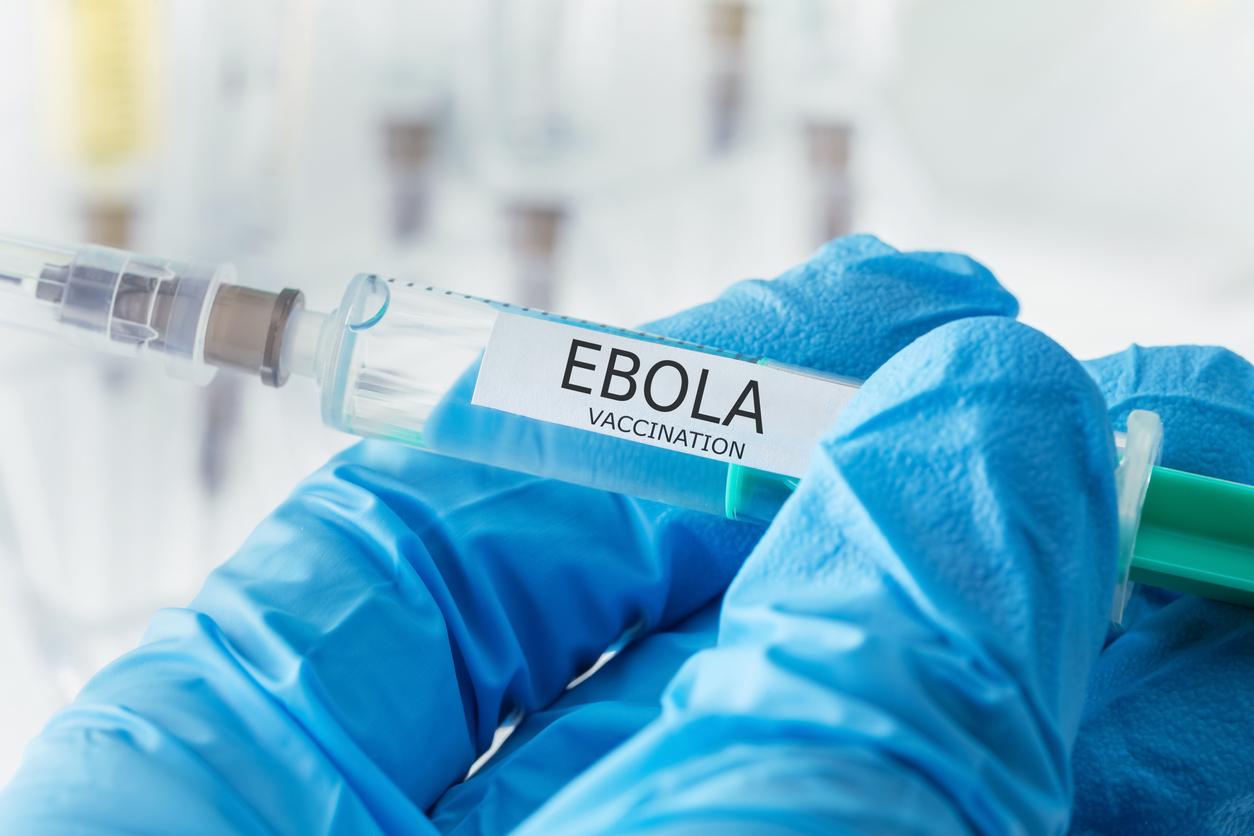An international trial, involving Inserm, showed that the experimental drug ZMapp made it possible to reduce the risk of death linked to Ebola hemorrhagic fever by 40%.

The Ebola outbreak is over, but the search for a cure for the deadly virus continues. Many protocols have been launched to fight against this hemorrhagic fever which has claimed more than 11,000 victims in more than two and a half years in West Africa. And one of those experimental treatments, the ZMapp, appears to be of benefit. Patients who received this drug saw their risk of death drop by 40%, according to an international study published this Wednesday in the New England Journal of Medicine.
This combination of 3 monoclonal antibodies was developed by the US military, in collaboration with the Canadian authorities. Once injected into an infected person, the antibodies bind to the virus, preventing it from infecting cells and allowing the immune system to eradicate the virus.
Before the start of the epidemic in 2013, this cocktail of antibodies had shown very good efficacy in monkeys. Results sufficient for doctors to decide to administer a few vials to two American aid workers contaminated in January 2014. In the space of a few hours their condition had improved. A spectacular effect for a drug against Ebola. But at the height of the epidemic, the military laboratory was not able to produce it in sufficiently large quantities.
Partnership with France
It was not until March 2015 that a clinical trial was launched in West Africa. The drug produced by the Californian company Mapp Biopharmaceutical has been tested in Liberia, Sierra Leone and Guinea, where favipiravir, another promising molecule, was being tested by French researchers. “The American government then proposed to Inserm to build and manage the Franco-Guinean arm of this trial because of our roots in Guinea”, tells Why actor Pr Denis Malvy, co-investigator of this trial and head of the tropical medicine unit at CHU Bordeaux.
A total of 72 patients of all ages (5 in Liberia, 12 in Guinea and 54 in Sierra Leone) were recruited for this study. Initially, the researchers wanted to include 200 patients, “but when the trial started, the epidemic was starting to be contained,” explains the researcher. Arrived at the Ebola treatment centers, the patients were divided into 2 groups to receive only standard care (rehydration, refeeding, maintenance of physiological functions, and Favipiravir in Guinea) or, in addition to this supportive care, 3 injections of ZMapp per day for a week.
First line treatment
Almost a third of the patients died during the study. But it appears that the patients treated with the ZMapp survived more than the others (22% of deaths with the treatment against 37% without the drug). This means that the ZMapp has reduced the risk of death by 40%. Without a large number of patients, the results are not statistically significant. Still, the US health authorities and countries severely affected by the epidemic have placed their trust in him. “The American Medicines Agency, known for its ferocity and its demanding nature, proposed last February that this drug be delivered within the regulatory framework of an extended access protocol for people with acute Ebola virus disease”, underlines Professor Malvy. A status which has made it possible to prescribe this drug to recent cases identified in Guinea.
For the specialist, the ZMapp has its place in the therapeutic strategy against the Ebola virus. “These results mark a decisive step towards the qualification of this drug in the strategy of 1time line to be developed for the next epidemic, ”he concludes.
.











